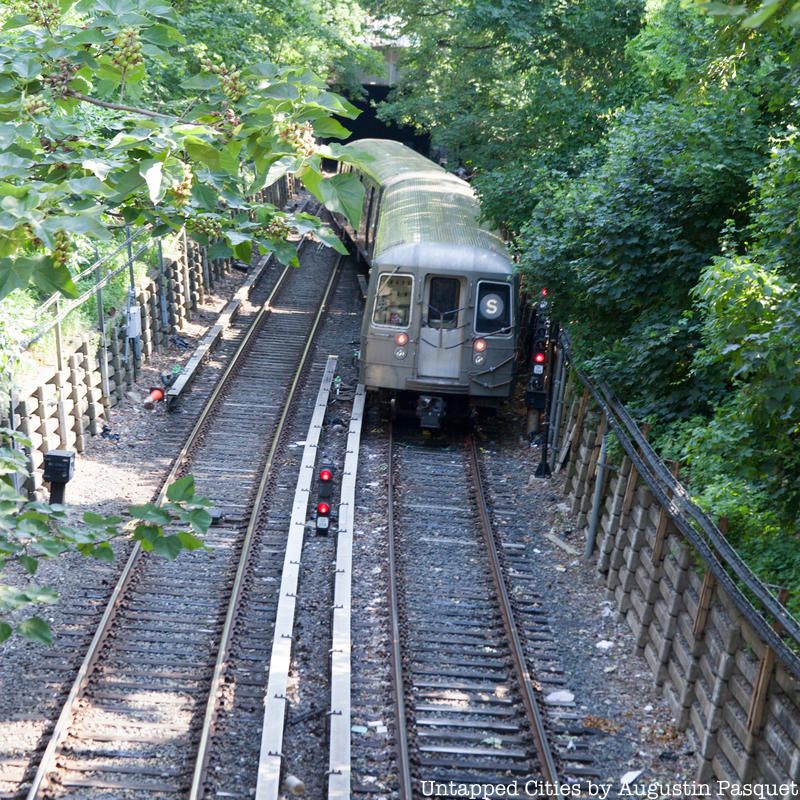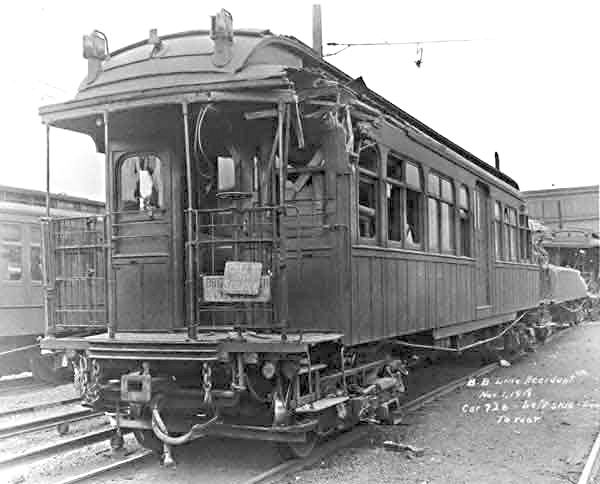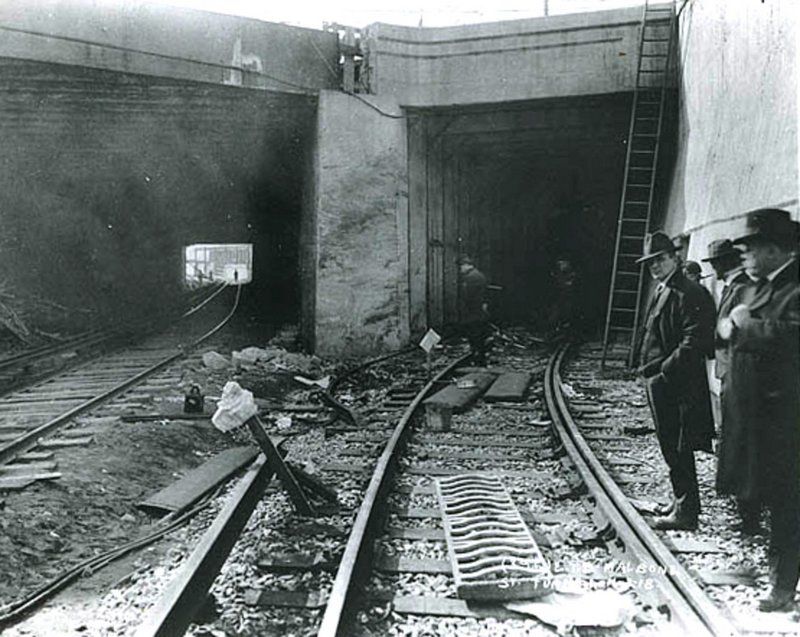Last-Minute NYC Holiday Gift Guide 🎁
We’ve created a holiday gift guide with presents for the intrepid New Yorker that should arrive just in time—


At the edge of Prospect Park on the Crown Heights/Prospect Lefferts Garden border, inside a tunnel beneath the intersection of Empire Boulevard, Flatbush Avenue and Ocean Avenue, the deadliest train crash in the history of the New York City subway system took place on November 1st, 1918. At least 93 people lost their lives, with an additional hundred or so injured, when a wooden five-car Brooklyn Rapid Transit (BRT) train derailed. The curve towards the Prospect Park Subway Station was meant to be taken at six miles per hour, but the train was estimated to have been going at thirty to forty miles per hour (a Naval officer on the train thought it was over seventy). The first train car fell into a concrete partition between the north and southbound tracks, with the following cars cutting through and disintegrating it. There were no survivors at all in the first car.

The area of the wreck today. The S train approaches the underpass where the wreck occurred.
It all began with a motorman strike which started earlier that day on November 1st, 1918. Despite a lack of trained operators, the BRT went ahead with service anyway forcing a dispatcher to take the reins of this particular train. This dispatcher, 23-year-old Edward Luciano, had never operated a train with paying passengers or an elevated train before. He was also under the weather with the flu and reeling from the death of a child from the same illness the week before. There was also considerable confusion in the BRT system that day, and just before the accident, signal operators had sent Luciano’s train in the wrong direction. Luciano was also having trouble timing the brakes, overshooting several stations.

The Malbone Street lead train, which was relatively less damaged than the trains behind. Image from Wikimedia Commons
In the accident, passengers were killed horrifically through a combination of impact, electrocution on the third rail, impalement and even decapitation. Nearby Ebbets Field, then the home of the Dodgers, was used as an emergency medical facility. Luciano and the train conductor walked away from the accident relatively unscathed, but were soon found by police.

Image from Wikimedia Commons
Following the accident, populist New York City Mayor John F. Hylan started a vendetta against the privately run BRT train system, and even sat as the judge for the trial. Though everyone was somehow acquitted of responsibility in the accident, many changes were added to the country’s transit systems and trains, including the dead man’s switch. The BRT went into bankruptcy less than two months later, re-emerging as the Brooklyn Manhattan Transit Company (BMT).
The Malbone Street wreck was so infamous that the entire thoroughfare was renamed Empire Boulevard. Today, you can find one small street, half a block long, that is still called Malbone Street. Forgotten in the renaming, it’s located just off of Clove Road, midblock between Nostrand and New York avenues just north of Empire Boulevard. The Malbone Street tunnel itself still exists as well, used on off-peak hours on the Franklin Avenue shuttle line.
Subscribe to our newsletter